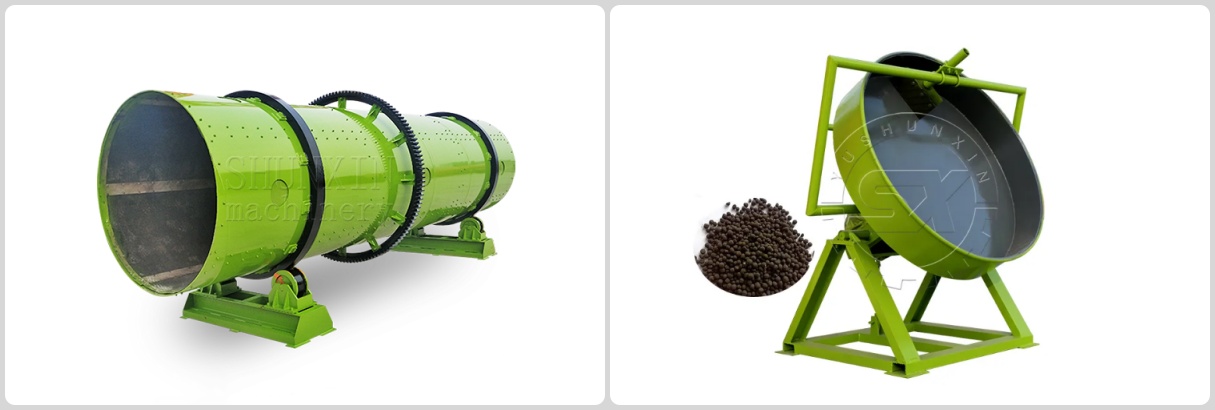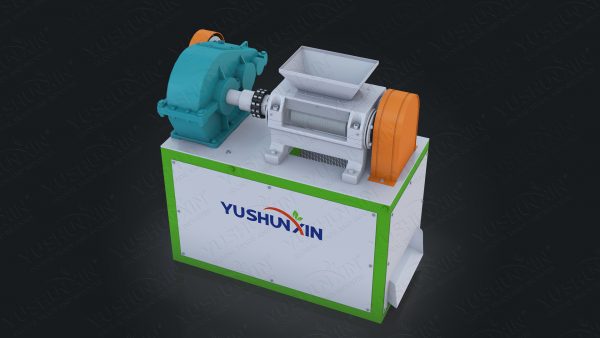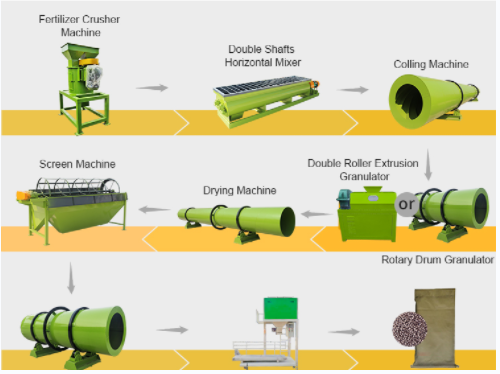Making NPK granules is an essential process for the agricultural industry, as these granules provide plants with the necessary nutrients for growth. NPK stands for Nitrogen, Phosphorus, and Potassium, the three key components of fertilizer. There are different methods to produce NPK granules, each with its unique advantages.
NPK Wet Granulation Technology
Wet granulation technique is one of the most commonly used methods for producing NPK granules. This process involves combining the NPK raw materials with water to form a wet mixture. The mixture is then processed through a granulator, where it is shaped into granules.
The drum granulator is a large rotating drum that applies a tumbling action to form granules, while the disc granulator uses a spinning disc to achieve the same result. Both machines are efficient and produce high-quality NPK granules. Besides, Shunxin’s NPK granulation machines are perfect for this process as they are designed to handle the wet mixture and form it into uniform-sized granules.

NPK Wet Fertilizer Granulators
NPK Dry Granulation Technology
Dry granulation technology, on the other hand, is a process where the raw materials are compacted and then granulated without the addition of liquid. This method is ideal for materials that are sensitive to moisture or heat.
SX double roller granulator is perfect for NPK dry granulation. This granulator uses two rollers that press the material into a sheet or ribbon. The sheet is then broken down into granules through a process called extrusion. This roll press granulator is highly efficient and produces granules with a uniform size and shape.

Double Roller Press Granulator
When it comes to producing NPK granules, the choice between wet and dry granulation depends on the raw materials, the desired properties of the granules, and the production scale. Shunxin’s NPK granulation machines are versatile and can be used for both small and large-scale production. They are also designed with the user in mind, with easy-to-use controls and maintenance-friendly features.
In addition to the granulation machines, Shunxin also offers a range of other equipment that can be used in the production of NPK granules, including static batching machine, double shaft mixers, rotary screening machines, packing scales, and automatic palletizers. These machines work together to create a complete production line that is efficient, reliable, and cost-effective.

related equipment of NPK fertilizer production technology
Conclusion
Making NPK granules is a vital process for the agricultural industry. The choice between wet and dry granulation depends on various factors, but no matter which method you choose, SX granulation machines are up to the task. With the advanced technology and user-friendly design, wet granulation machines and dry granulator are the perfect choices for producing high-quality NPK granules. Whether you’re a small-scale farmer or a large-scale fertilizer producer, Shunxin has the equipment you need to succeed. You can click this link for more details: https://www.fertilizerproductequipment.com/npk-fertilizer-production-technology/







